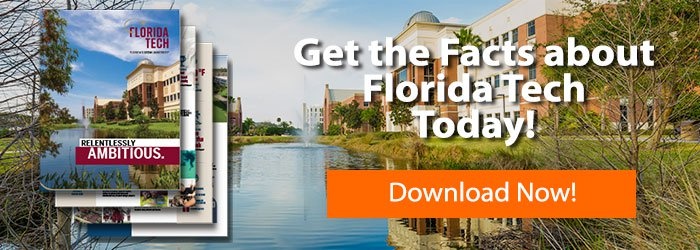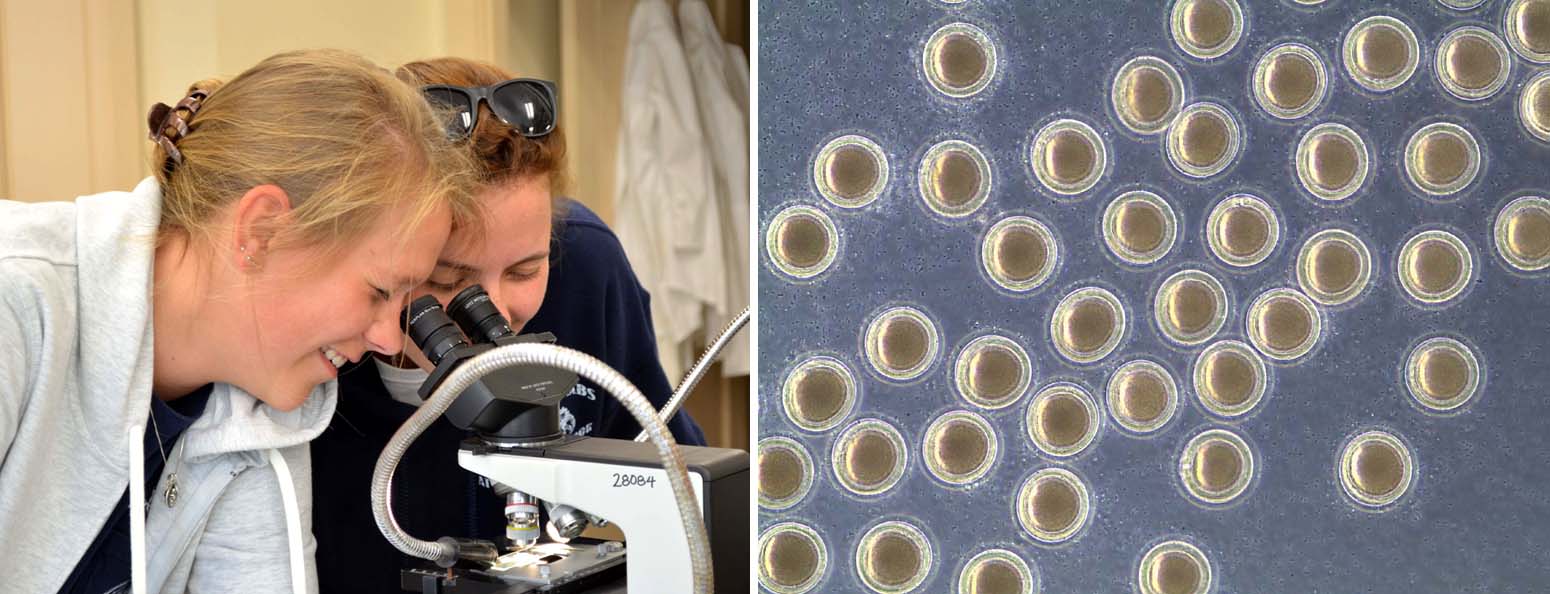Egg-cell-ent!
Saturday, May 12, 2012 – One week gone already at the Oregon Institute of Marine Biology! The Biological Oceanography students from Florida Tech are having a great time – and it is all going too quickly.

Florida Tech injected the purple sea urchins (Stongylocentrotus purpuratus) with potassium chloride (this is known to cause muscle contraction and will frequently induce the urchins to spawn.

After injection urchins were watched carefully to look for signs of spawn. This is a truly rare and unique opportunity, one that many Florida Tech students will remember the rest of your life and something that is a great activity for Biological Oceanography classes.

The students were able to put unfertilized sea urchin on microscope slides and then, while they were watching through the microscope, add sea urchin sperm to the slide and witness the moment of fertilization (see first image at head of post)! Shortly thereafter, a fertilization membrane forms – this is a clear bubble that forms around the newly fertilized embryo to prevent additional sperm from fertilizing the egg (see second image at head of post). The Biological Oceanography students were then able to follow their urchin embryos as they divided through the two cell stage and onward,

eventually getting to the prism stage, where the developing arm rods and the stomach are visible. We didn’t have time to get them all the way through development,

but the OIMB Embryology class loaned us some later stage larvae so we could see how they look later on. We also had

some sand dollars (Dendraster excentricus, related to sea urchins) spontaneously spawn in the lab. Some of us followed their development in a similar way.

The development was exactly the same, except the eggs have a halo of red pigment granules which make them quite a bit more interesting.

Eventually the sand dollar larvae metamorphosed into tiny sand dollar juveniles, which, under a microscope, reveal the spines and other features that ally them with the sea urchins. This inspires us to want to seek out subtropical urchins back at Florida Tech and attempt this in our Biological Oceanography classes. It is truly and awe-inspiring thing to be able to help jump start a new urchin embryo!






